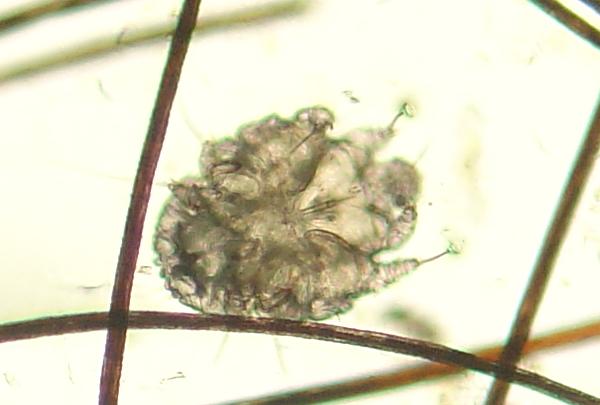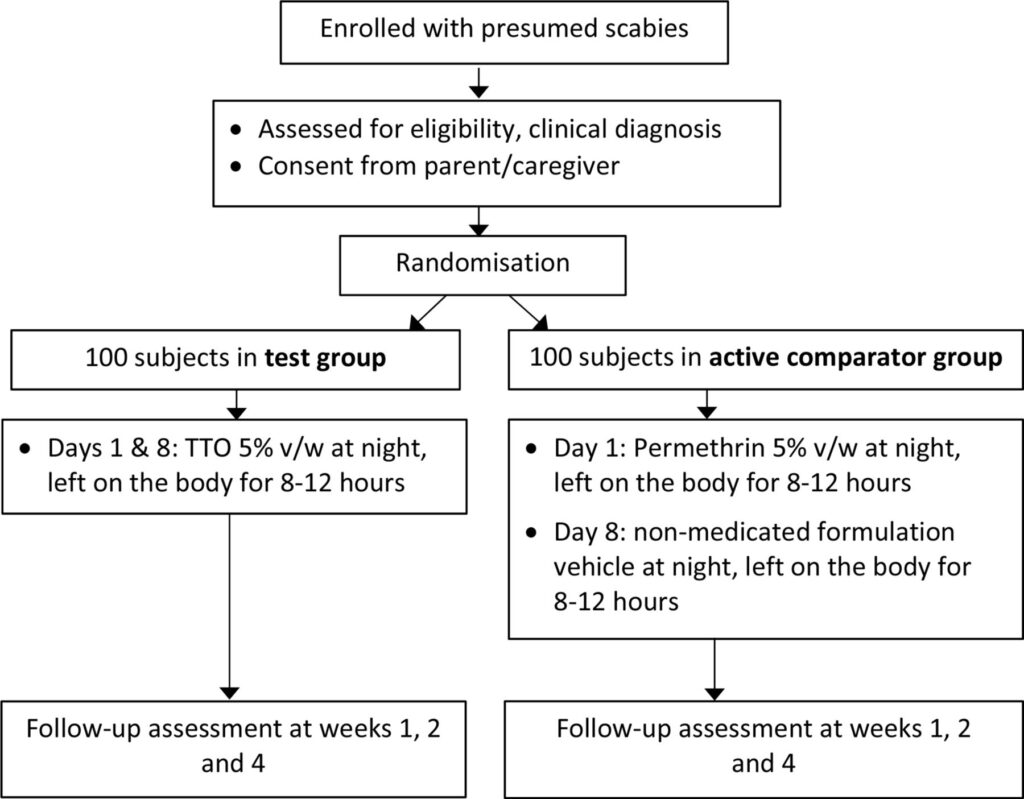Scabies, also known as the “seven-year itch,” is a highly contagious skin condition caused by an infestation of tiny mites. These mites burrow into the skin, leading to intense itching and a rash. The scientific name for the mite responsible for this condition is Sarcoptes scabiei. In this article, we will explore the causes, symptoms, treatment options, and preventive measures associated with scabies.

What Causes Scabies?
Scabies is caused by a microscopic parasite called the human itch mite. These mites are so small that they are invisible to the naked eye. They thrive in warm environments and can survive for several days on human skin or in bedding and clothing. The mites burrow into the outer layer of the skin, where they lay eggs and cause irritation.
The primary mode of transmission for scabies is direct skin-to-skin contact. Prolonged physical contact, such as holding hands, hugging, or sexual activity, increases the risk of spreading the mites. It is important to note that scabies can also spread indirectly through shared items like towels, bedding, or clothing, although this is less common.
Risk Factors for Scabies
- Crowded living conditions, such as nursing homes, prisons, or refugee camps
- Poor hygiene and lack of access to proper sanitation
- Close physical contact with an infected person
- Weakened immune systems due to medical conditions or treatments
Symptoms of Scabies
The symptoms of scabies often take several weeks to appear after initial exposure to the mites. This delay occurs because the body needs time to develop an allergic reaction to the mites, their eggs, and their waste products. Once symptoms begin, they typically include:
Intense Itching
The hallmark symptom of scabies is severe itching, which tends to worsen at night. The itching is caused by an allergic reaction to the mites and their activities beneath the skin. It can be so intense that it disrupts sleep and daily activities.
Rash
A scabies rash usually appears as small red bumps or blisters on the skin. These bumps may form a line or track, indicating where the mites have burrowed. Common areas affected by the rash include:
- Fingers and the webbing between them
- Wrists and elbows
- Armpits
- Waistline and navel
- Buttocks and genital area
- Feet and toes
Burrows
In some cases, thin, raised lines may appear on the skin. These lines represent the burrows created by the mites as they tunnel through the outer layer of the skin. Burrows are most commonly found in folds of the skin or areas where the skin is thinner.
Secondary Infections
Constant scratching can lead to open sores, which may become infected with bacteria. Secondary infections, such as impetigo, can complicate the condition and require additional treatment.
Treatment Options for Scabies
Effective treatment for scabies focuses on eliminating the mites and relieving symptoms. Since scabies is highly contagious, prompt treatment is essential to prevent further spread. Below are the most common treatment approaches:
Topical Medications
Medicated creams and lotions are the first line of treatment for scabies. These products are applied directly to the skin and work by killing the mites and their eggs. Common topical medications include:
- Permethrin cream: A widely used and highly effective treatment that is safe for adults and children
- Lindane lotion: An alternative option, though it is not recommended for pregnant women, infants, or individuals with weakened immune systems
- Crotamiton cream: Provides relief from itching but may be less effective at killing mites
It is important to follow the instructions carefully when using these medications. Typically, the cream or lotion is applied from the neck down, left on for a specified period, and then washed off. Reapplication may be necessary after one week to ensure all mites and eggs are eliminated.
Oral Medications
In some cases, oral medications may be prescribed, especially if topical treatments are ineffective or if the infestation is severe. Ivermectin is a commonly prescribed oral medication that works by paralyzing and killing the mites. It is particularly useful for treating crusted scabies, a more severe form of the condition that affects individuals with weakened immune systems.
Relief from Itching
To alleviate the intense itching associated with scabies, healthcare providers may recommend over-the-counter antihistamines or corticosteroid creams. These treatments help reduce inflammation and provide temporary relief. Cool baths and calamine lotion can also soothe irritated skin.
Treating Secondary Infections
If scratching has led to bacterial infections, antibiotics may be necessary to treat the infection. It is important to seek medical attention if signs of infection, such as pus-filled sores or increased redness, are present.
Preventing the Spread of Scabies
Preventing the spread of scabies requires a combination of personal hygiene practices and environmental measures. Since scabies is highly contagious, taking proactive steps is crucial to avoid reinfection or transmission to others.
Personal Hygiene Practices
Individuals diagnosed with scabies should avoid close physical contact with others until treatment is complete. Additionally, they should:
- Avoid sharing personal items such as clothing, towels, or bedding
- Wash their hands frequently with soap and water
- Keep fingernails short to reduce the risk of breaking the skin while scratching
Environmental Measures
Since scabies mites can survive for a short period away from the human body, it is important to clean and disinfect the environment. Recommended steps include:
- Washing all clothing, bedding, and towels used by the infected person in hot water and drying them on high heat
- Vacuuming carpets, rugs, and upholstered furniture thoroughly
- Sealing non-washable items in plastic bags for at least 72 hours to kill any remaining mites
Treating Close Contacts
All household members and close contacts of the infected individual should be examined and treated if necessary, even if they do not show symptoms. This helps prevent the spread of scabies and ensures that everyone receives appropriate care.
Special Considerations
While scabies can affect anyone, certain populations may require special attention due to their unique circumstances.
Children and Infants
Scabies is common in young children, who may experience symptoms on the scalp, face, palms, and soles of the feet. Parents should consult a pediatrician for guidance on safe and effective treatment options for infants and young children.
Crusted Scabies
Crusted scabies, also known as Norwegian scabies, is a rare but severe form of the condition that occurs in individuals with weakened immune systems. This form is characterized by thick crusts on the skin that contain large numbers of mites and eggs. Treatment for crusted scabies often involves a combination of topical and oral medications, along with intensive cleaning of the environment.
Pregnant Women and Nursing Mothers
Pregnant women and nursing mothers should consult their healthcare provider before using any medications for scabies. Some treatments, such as lindane, are not safe during pregnancy or breastfeeding, and alternatives must be considered.





